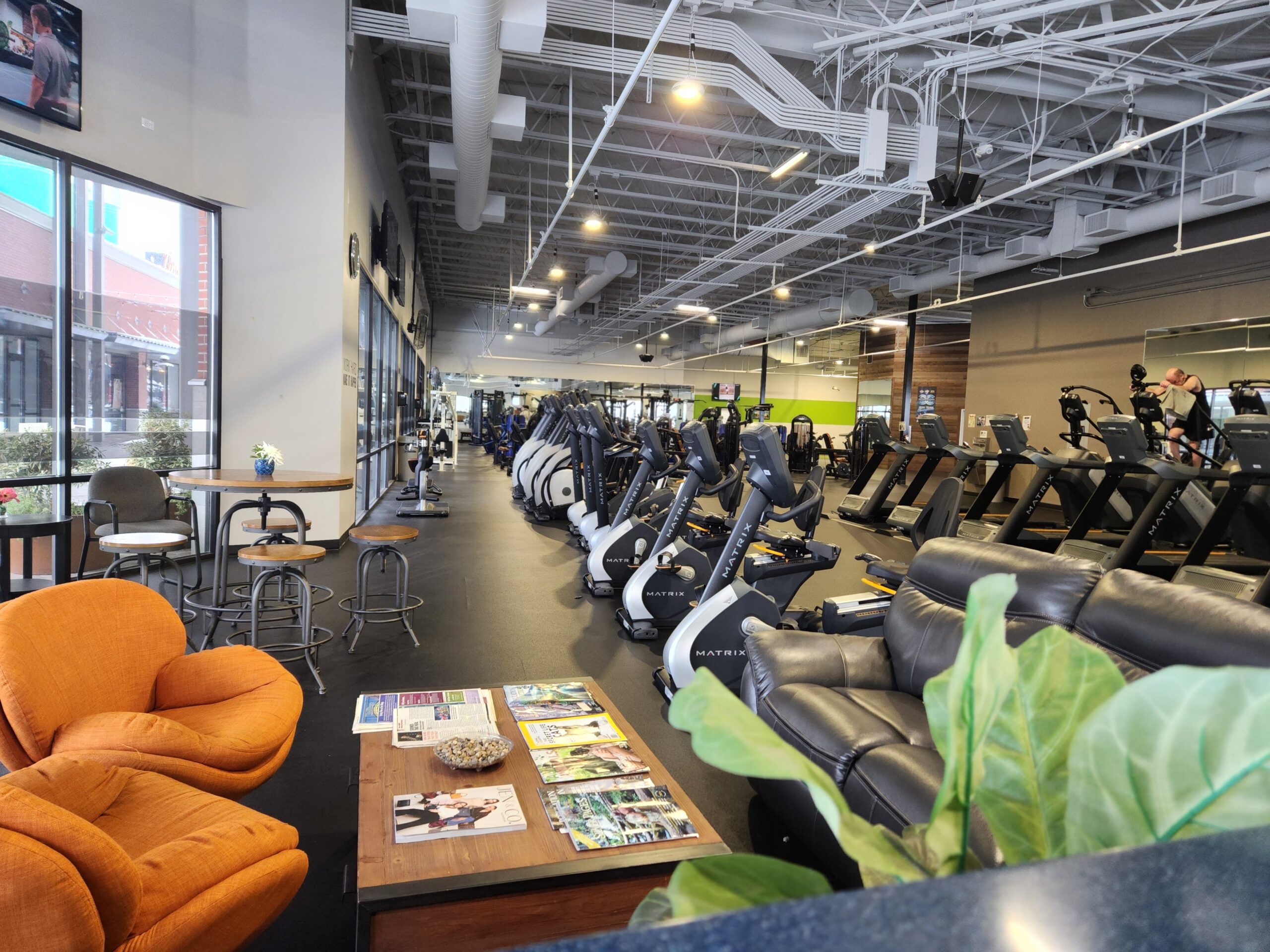 Health & Fitness
Health & Fitness
The Future of Workplace Productivity: Integrating Wellness and VR for Peak Performance
Enhancing workplace performance is a multifaceted endeavor that requires a strategic blend of individual efforts, organizational policies, and innovative technologies. As the modern workplace continues to evolve, integrating advanced solutions like Virtual Reality (VR) modules for workplace wellness can play a pivotal role in boosting employee productivity and well-being.
Understanding Workplace Performance
Workplace performance encompasses the efficiency and effectiveness with which employees execute their tasks, contributing to the organization’s overall success. High performance is often characterized by meeting or exceeding job expectations, consistent productivity, and proactive problem-solving. Factors influencing performance include individual skills, motivation, work environment, and organizational culture.
Strategies for Improving Individual Performance
- Focus on Single Tasks: Multitasking can reduce productivity by up to 40%. Concentrating on one task at a time enhances quality and efficiency. Prioritizing tasks and dedicating uninterrupted time blocks can lead to better outcomes.
- Set Clear and Achievable Goals: Establishing specific, measurable, attainable, relevant, and time-bound (SMART) goals provides direction and motivation. Breaking larger objectives into smaller milestones can make them more manageable and less overwhelming.
- Enhance Time Management: Efficient time management involves planning the workday, prioritizing tasks, and setting realistic deadlines. Utilizing tools like calendars, to-do lists, and time-tracking apps can aid in staying organized and focused.
- Limit Distractions: Identifying and minimizing workplace distractions—such as unnecessary meetings, excessive notifications, or a cluttered workspace—can significantly improve concentration and productivity.
- Seek Continuous Learning: Engaging in professional development through workshops, courses, or reading industry-related materials keeps skills sharp and knowledge current, leading to improved performance.
Organizational Approaches to Boost Performance
- Foster a Positive Company Culture: A supportive and inclusive work environment enhances employee satisfaction and productivity. Recognizing achievements, promoting work-life balance, and encouraging open communication are key components.
- Provide the Right Tools and Technology: Equipping employees with up-to-date technology and user-fiendly tools enables them to perform tasks more efficiently and effectively.
- Encourage Professional Development: Offering training programs, mentorship, and opportunities for career advancement motivates employees to enhance their skills and contribute more effectively.
- Implement Flexible Work Policies: Adopting flexible schedules or remote work options can improve employee morale and productivity. Companies like Affirm have successfully maintained high-performance cultures with remote-first policies, emphasizing the importance of in-person connections through regular meetups to reinforce company culture.
- Utilize Data-Driven Performance Metrics: Monitoring attendance and linking it to performance reviews, pay, and promotions can provide insights into employee engagement and productivity. However, it’s essential to balance such measures with flexibility to avoid potential drawbacks like demotivation or legal implications.
- VR Guided Mindfulness for Stress Management: Chronic stress can impede cognitive functions and reduce productivity. VR based Mindfulness for corporate wellbeing is a calming virtual environments, facilitating relaxation and mental rejuvenation. This practice can lead to improved focus, reduced anxiety, and enhanced overall performance.
The Impact of VR on Workplace Performance
Integrating VR modules into workplace wellness programs offers several benefits:
- Enhanced Engagement: The immersive nature of VR captures attention more effectively than traditional methods, leading to higher participation rates in wellness programs.
- Personalized Experiences: VR allows customization to individual preferences, making wellness activities more relevant and effective for each employee.
- Scalable Solutions: VR programs can be easily scaled across the organization, ensuring consistent wellness resources are available to all employees, regardless of location.
- Measurable Outcomes: The use of VR technology enables the collection of data on usage patterns and effectiveness, allowing organizations to assess the impact on employee well-being and performance accurately.
Also read, https://simplychiclife.com/category/technology/
Conclusion
Improving workplace performance is an ongoing process that requires a holistic approach, combining individual efforts, supportive organizational practices, and the integration of innovative technologies. By adopting strategies that promote focus, continuous learning, and well-being organizations can create an environment where employees thrive, leading to sustained productivity and success.









